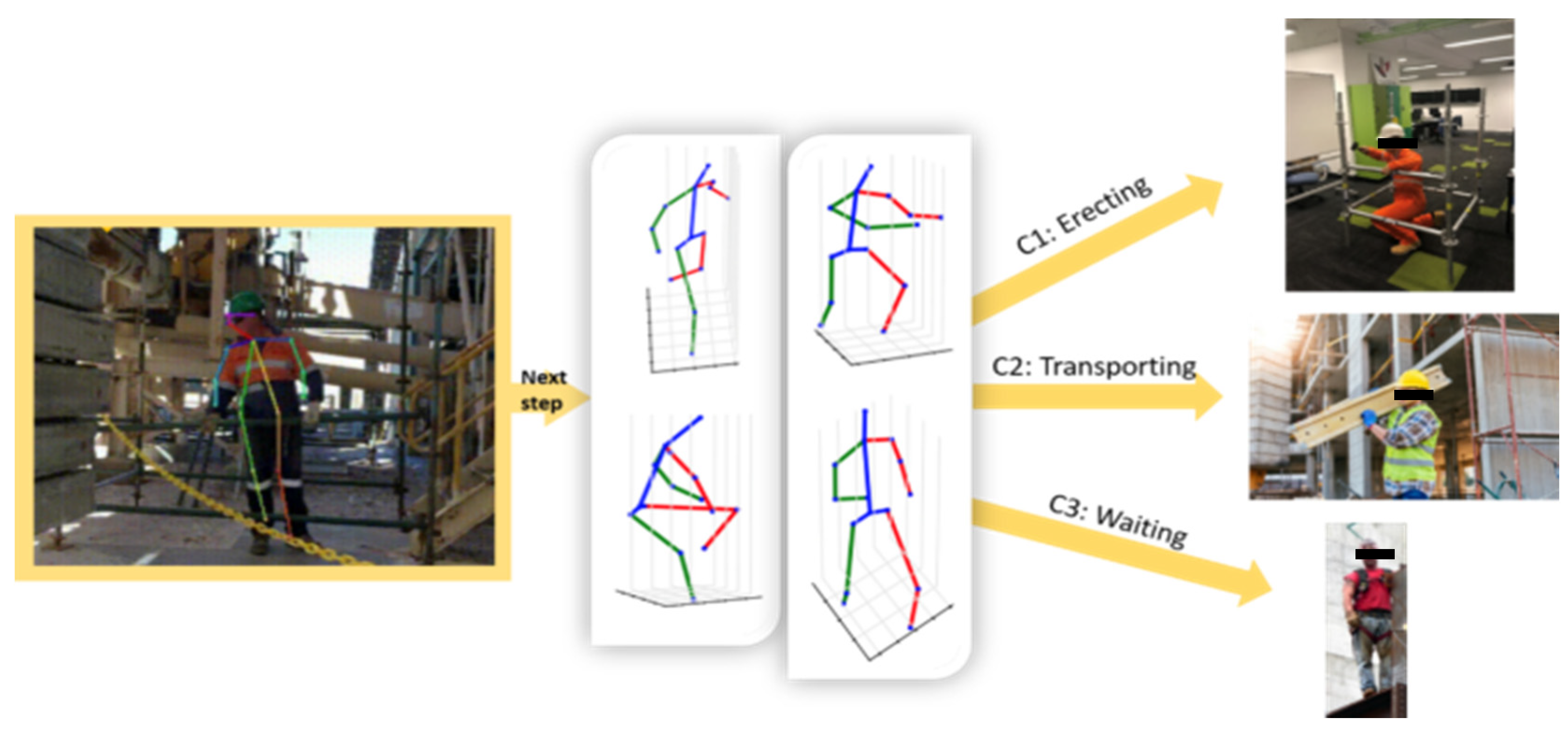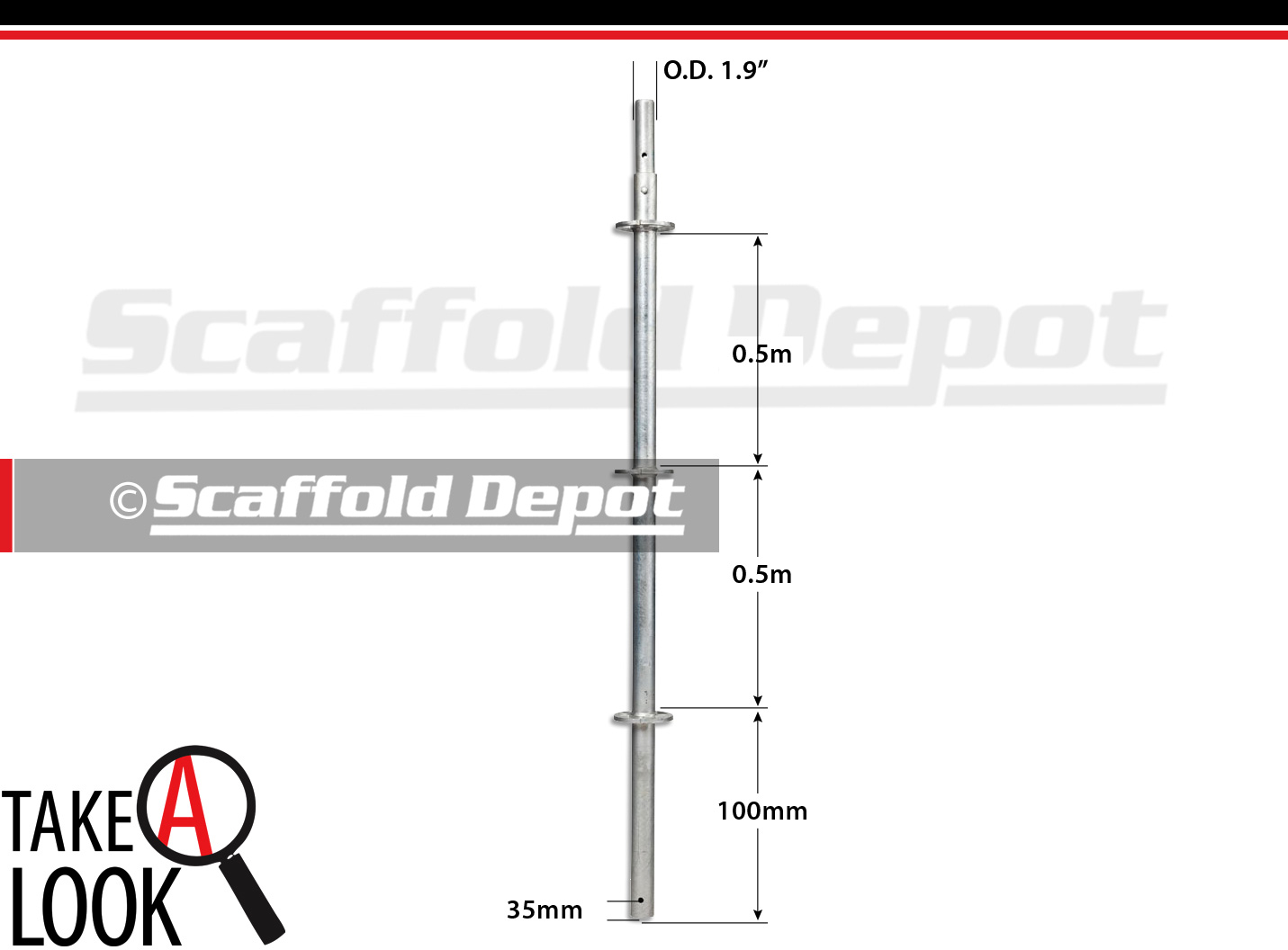
Scaffolding Design Guidelines Texas Plus The Surrounding
The limited natural healing ability of cartilage and the limitations of currently available therapies make treatment of cartilage defects a challenging clinical issue. Scaffolding Service Areas: We provide the best scaffolding throughout Texas including the following areas: Arlington , Carrollton , Dallas , Denton , Fort Worth , Grand Prairie , Grapevine , Irving , McKinney , Plano , plus the surrounding areas.Damage to articular cartilage can eventually lead to osteoarthritis (OA), a debilitating, degenerative joint disease that affects millions of people around the world. Call The Scaffold Experts in Dallas at (972) 857-3310 for help with any scaffolding installation and rental services.
Additionally, scaffolding overloading is a frequent single cause of major scaffold failure. In addition, recent studies on the design of hybrid and zonal scaffolds for use in cartilage tissue repair are highlighted.Guidelines for Scaffolding Inspection and Tagging in the Construction Industry General Guidelines Prior to Use of Scaffolding For more information and articles click here to visit the NFIB Texas workers’ compensation page.Scaffolding accidents mainly involve personnel falls and falling materials caused by equipment failure, incorrect operating procedures, and environmental conditions. This paper reviews critical aspects of the design of engineered scaffolds for articular cartilage repair as well as the available advanced fabrication techniques. In particular, scaffolds with hybrid and/or biomimetic zonal designs have recently been developed for cartilage tissue engineering applications. Advances in fabrication technologies now enable the strategic design of scaffolds with complex, biomimetic structures and properties. Over the past two decades, different designs and fabrication techniques have been investigated for developing TE scaffolds suitable for the construction of transplantable artificial cartilage tissue substitutes.
In addition, articular cartilage lesions resulting from traumatic joint injuries in children and young adults are a serious health problem with, at present, no entirely satisfactory clinical management solution. These include articular cartilage degeneration resulting from osteoarthritis (OA), a debilitating joint disease that afflicts ~70% of the population aged 65 years and older. Unfortunately, the natural healing ability of human articular cartilage is extremely limited, which poses significant clinical challenges for the treatment of joint cartilage defects. This behavior is attributed to the complex biochemistry and physical structure of the cartilage extracellular matrix (ECM), which is secreted by the chondrocyte cells that reside therein. It provides a low friction, highly elastic surface that can withstand dynamic compressive loads several times body weight.

Tissue engineering (TE) aims to replace damaged articular cartilage with a long-lasting biomanufactured replacement tissue, and holds great promise as an effective treatment for joint repair. WACO is available exclusively through BrandSafway, a leading global provider of access, specialized services, and forming and shoring solutions to the industrial, commercial. These features have set WACO® RED scaffolding and equipment apart in the marketplace since 1945.
The main body of our review will focus on critical considerations in the design of scaffolds for cartilage TE and the fabrication techniques currently available. 27, scaffolds used in general industry must meet the construction requirements for scaffolds at , Subpart L.Because cartilage tissue engineering is aimed at creating artificial constructs for use in joint cartilage repair, this review will begin with a synopsis of relevant features of normal articular cartilage structure and the pathology of osteoarthritic cartilage breakdown. Accordingly, scaffold design and manufacturing techniques are critical elements for successful cartilage tissue engineering.This topic covers the design and assembly of all scaffolds used in general industry workplaces. In addition, the fabricated scaffold exerts control over the shape and volume of the engineered cartilage tissue construct. The TE scaffold is typically a three-dimensional (3-D) structure manufactured from synthetic polymers and/or natural biopolymers to provide temporary mechanical physical and biological support for the embedded chondrocytic cells this in turn promotes their growth ex vivo, maintains their phenotype, and encourages their production of cartilage-specific extracellular matrix components. It is hoped the dynamic interaction of these components will generate a transplantable artificial tissue construct that integrates well with normal articular cartilage and approximates its unique biomechanical properties.
In contrast, the aggrecan proteoglycans (which comprise ~35% of cartilage dry weight) confer cartilage tissue with the ability to support high compressive loads. The collagen II fibrils, which account for up to 60% of articular cartilage dry weight , provide the tissue with high tensile strength and the ability to withstand shear stresses. Although cartilage ECM contains a plethora of molecular components , it is primarily comprised of fibrils of type II collagen protein together with a cartilage-specific proteoglycan, aggrecan ( Figure 1A). The unique biomechanical properties of articular cartilage are attributable to the composition of its specialized extracellular matrix (ECM), which is the secretory product of its single resident cell type: chondrocytes. It provides a deformable, low friction surface that facilitates the movement of articulating bones within the joint and is capable of supporting high dynamic compressive loads. Structure and Organization of Natural Articular CartilageArticular cartilage is a smooth, partially translucent tissue that covers the distal ends of bones in diarthrodial joints of the body, such as the knee and elbow.

These zones differ with respect to the molecular composition and organization of the cartilage ECM, the shape and density of the resident chondrocytes, and their mechanical properties. Its four layers, going from the articular surface down to underlying subchondral bone, are usually termed the superficial zone, the middle (or transitional) zone, the deep zone, and the calcified zone. ).Natural articular cartilage has a layered or “zonal” organization ( Figure 1 B, C). (( B) and ( C) are reproduced from Buckwalter et al.
The middle zone (40%–60% of articular cartilage thickness) is characterized by randomly oriented collagen fibrils and the highest proteoglycan content , which may contribute to the higher compression modulus in this zone caused by the larger osmotic water swelling effect. The superficial zone is the layer primarily responsible for bearing tensile and shear stresses. It is characterized by densely packed, tangentially oriented, fine collagen fibrils and a relatively low proteoglycan content.
Unfortunately, cartilage tissue has an extremely limited ability for self repair. Cartilage Injuries, Osteoarthritis (OA), and Traditional Cartilage Repair StrategiesTraumatic joint injuries, abnormal joint loading, and degenerative joint diseases can all cause defects in articular cartilage tissue. Within the calcified zone, the cartilage ECM is mineralized and type II collagen is replaced by a distinct type X collagen.1.2. The calcified zone provides a transition between the hyaline cartilage tissue of the overlying zones and the basal subchondral bone. The cell density of chondrocytes decreases from the superficial zone to the deep zone, and their morphology changes from a flattened discoidal shape in the superficial zone, to a more spherical shape in the middle zone, to a slightly elongated form in the deep zone ( Figure 1B).
In osteochondral lesions, the damage extends through the articular cartilage into the subchondral bone. Chondral defects solely affect the articular cartilage layer and do not extend to the underlying subchondral bone. Physical trauma to the knee or other articular joints can lead to several types of focal cartilage lesions, which are classified as chondral lesions, osteochondral lesions, and microfractures.


 0 kommentar(er)
0 kommentar(er)
